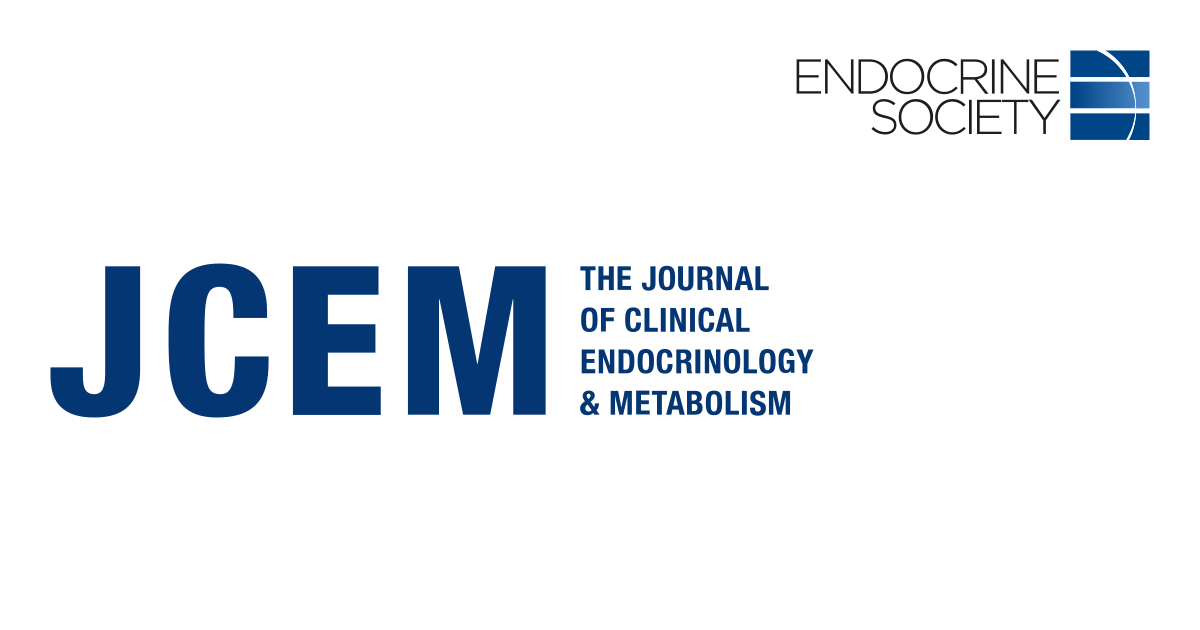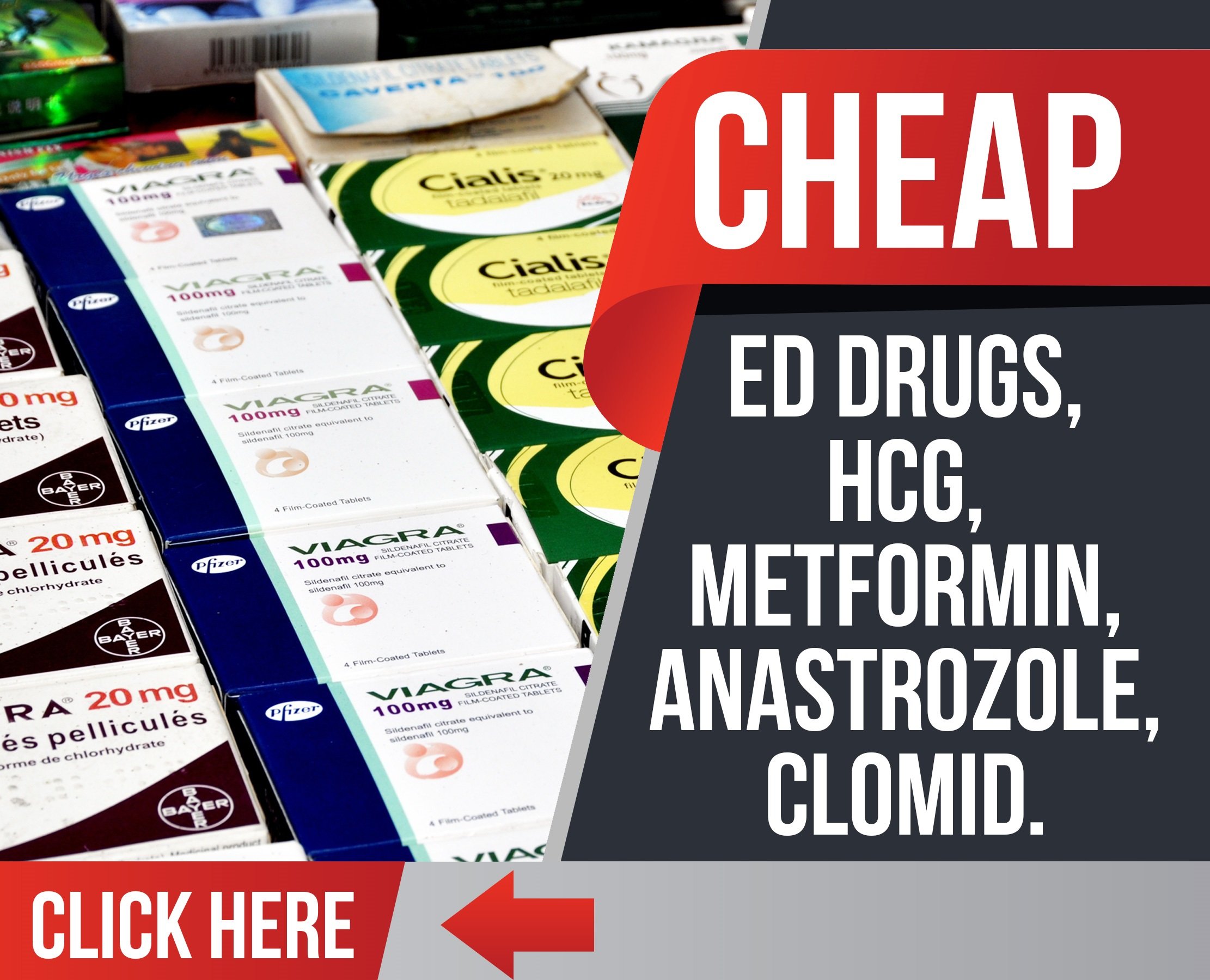Hello,
First post, but long time follower. Really appreciate the knowledge I've obtained from this forum. I know there are many posts on this but none seem to exactly characterize my direct quadrium. Hope for some assistance and good conversation. Apologies about any retreading on topic..
140mg test enth week (EOD dosing)
Last labs Quest
Total T, MS: 1261 ng/dl
Testosterone, Free (EqDial): 196 pg/ml
SHBG: 37
Albumin: 4.0
So my question is regarding the free t results from quest using their equilibrium dialysis test. It appears low given the SHBG level and normal Albumin. When using Free Testosterone Calculator — with Bioavailable Levels online calculator (Vermeulen) and using same inputs, my free test comes back at 32ng/dl, which is more than 50% higher than the quest results. I take meticulous notes on how I am feeling on different protocols and want to pair with labs for analytical comparison. Happy to comment on how I feel (which is pretty good) but more was hoping to get a read on where some experienced members feel my free t is truly sitting.
Thanks!
First post, but long time follower. Really appreciate the knowledge I've obtained from this forum. I know there are many posts on this but none seem to exactly characterize my direct quadrium. Hope for some assistance and good conversation. Apologies about any retreading on topic..
140mg test enth week (EOD dosing)
Last labs Quest
Total T, MS: 1261 ng/dl
Testosterone, Free (EqDial): 196 pg/ml
SHBG: 37
Albumin: 4.0
So my question is regarding the free t results from quest using their equilibrium dialysis test. It appears low given the SHBG level and normal Albumin. When using Free Testosterone Calculator — with Bioavailable Levels online calculator (Vermeulen) and using same inputs, my free test comes back at 32ng/dl, which is more than 50% higher than the quest results. I take meticulous notes on how I am feeling on different protocols and want to pair with labs for analytical comparison. Happy to comment on how I feel (which is pretty good) but more was hoping to get a read on where some experienced members feel my free t is truly sitting.
Thanks!




















